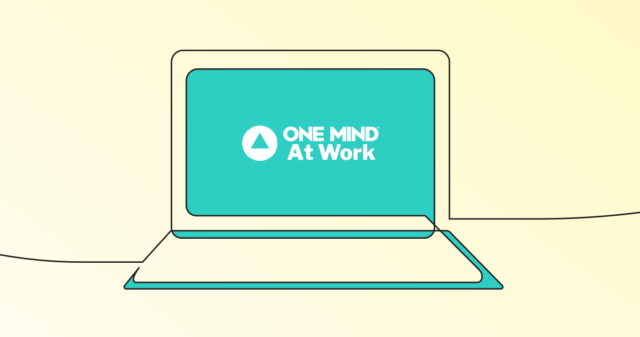The success of workplace mental health efforts depends not just on offering resources and benefits, but actively engaging workers to understand what’s available and access help when they need it. However, leaders often find certain workers are “hard-to-reach,” whether because of their role, working arrangements, workplace stress, or other factors. Overcoming those barriers can be the key to meeting mental health needs where they’re greatest.
The first step is understanding the different reasons that workers can be hard-to-reach. People in non-traditional work arrangements, such as contract, seasonal, or gig workers, often have irregular hours and may lack strong connections at work. Those regularly outside a traditional workplace, such as truck drivers, traveling salespeople, and even remote workers, may also be difficult to reach through typical channels. And workers who face stress or trauma, such as first responders or frontline healthcare workers, may be difficult to reach because of burnout, exhaustion, and other challenges.
Yet it’s precisely these workers who have the greatest need for mental health support. Since they may be less closely connected to a workplace community, they may be more likely to experience isolation and lack peer support networks. Paradoxically, those who are hard-to-reach because of workplace stress may feel they don’t have the time or energy for the support that could help address this challenge. Additionally, these kinds of workers often connect directly with customers, provide essential services, and represent their organizations to the public—making support essential for both workers and employers.
Organizations that employ a large share of hard-to-reach workers must be especially strategic and thoughtful when developing a mental health strategy. Four core elements can help to guide the path forward: provide comprehensive mental health benefits, invest in accessible digital tools, enlist frontline managers, and address the effects of trauma
Provide Comprehensive Mental Health Benefits
To engage hard-to-reach workers, organizations must first determine what information, resources, or services they want to reach out with. A gold standard approach would ensure that all team members have access to benefits like cognitive behavioral therapy, depression screening, and paid sick days. By providing all workers with robust prevention and care options, organizations can simultaneously enhance health, job performance, and equity.
This is especially important because hard-to-reach workers may be more likely to experience socioeconomic disadvantages that hurt mental health and make treatment less accessible. For example, gig and seasonal workers, with less consistent incomes, may experience heightened stress and anxiety in day-to-day life. These employees are also less likely to be able to afford high-quality mental healthcare, and they may lack access to education about preventative measures. Comprehensive mental health benefits can help to address these challenges.
Invest in Accessible Digital Tools
Although it can be difficult to reach some workers with on-site or in-person mental health services, a wealth of digital wellness tools can help remote or traveling workers access prevention and care from anywhere. For example, wearables and biomarker apps can track emotional wellbeing and brain health, self-help and mindfulness apps can foster wellbeing, and video and text chat services make counseling only a tap away. By making these technologies available to workers, organizations can create mental health support systems that are nimble, flexible, and accessible to everyone.
Enlist Managers to Build Relationships and Check-In
Too often, managers and hard-to-reach workers remain at a distance simply because communicating requires greater effort. Organizations should alert managers to the importance of checking in often about workloads and stress levels, soliciting candid input, giving consistent and constructive feedback about job performance, and sharing helpful resources. When managers develop good relationships with their team members, workers feel more comfortable using mental health services and reaching out about mental health challenges. What’s more, supervisors who connect often with their team members can better evaluate worker needs and inform more effective resources to address them.
Destigmatize Trauma and Offer Support
In May, I wrote about the need for employers to deepen their understanding of trauma. Addressing trauma is especially important for organizations that employ hard-to-reach workers, such as healthcare providers or first responders, who can experience high levels of work-related trauma and stress. Organizational leaders should encourage employees to foster mental health, including by taking mental health days and seeking professional support and care if needed. In addition, it’s crucial that employers cultivate an environment where discussion of trauma isn’t taboo—but rather encouraged as part of open, supportive, and ongoing dialogues between team members. When workers know that organizational leaders have their backs and that they can find genuine support among their colleagues, they’re more likely to seek help when they need it.
Together, these four pillars can guide mental health efforts that reach all workers, make clear what resources are available, and create an environment where people feel comfortable seeking help. This can help move the needle for benefits utilization and other key metrics for HR and organizational leaders, while fostering a more engaged, healthy, and effective workforce overall.






